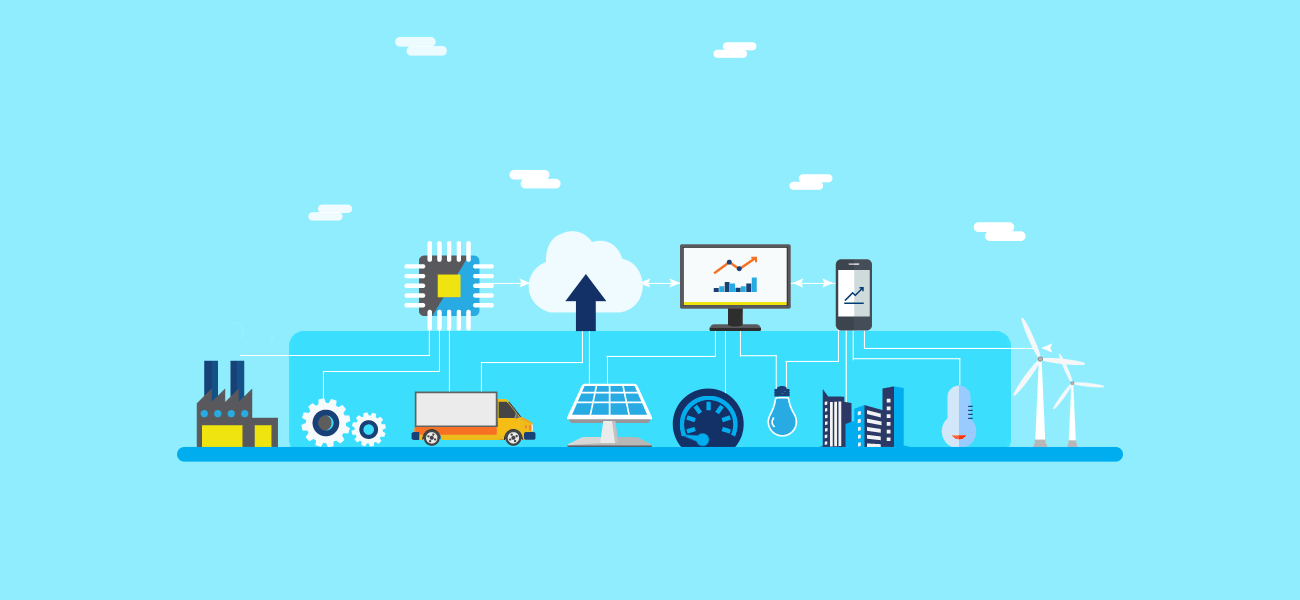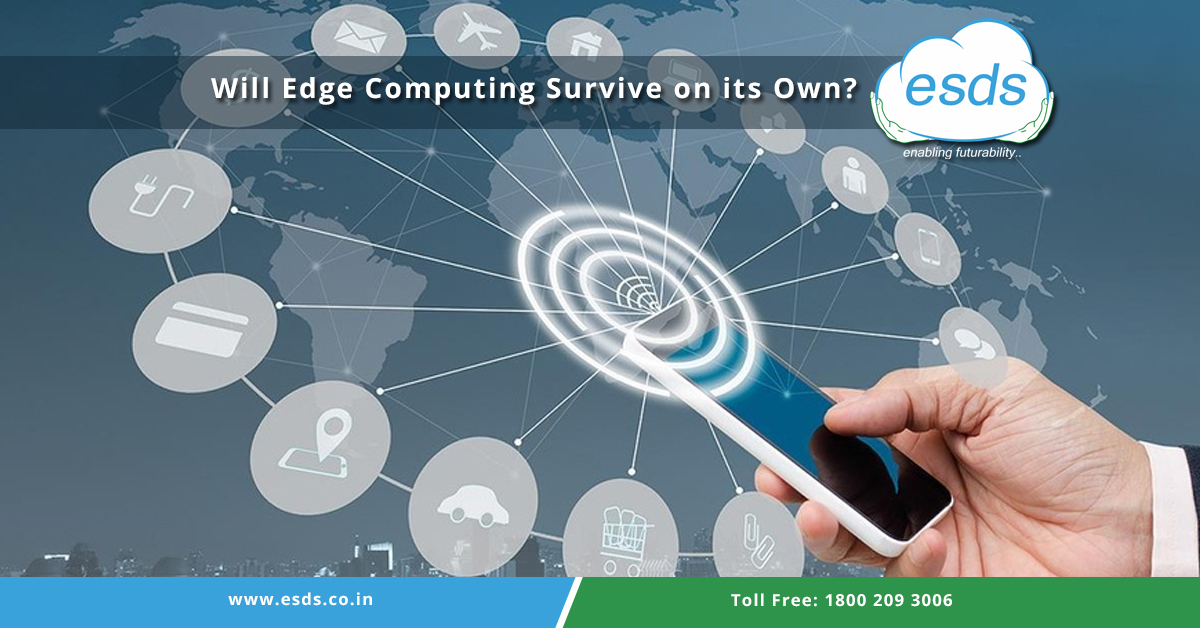Facts About Edge Computing You Can’t Ignore
Some years back, there was a talk on the then-upcoming pattern of edge computing which was known as fog computing. Edge computing influences Internet of Things strongly as every internet-connected device produces a lot of information and handling every bit of it is not feasible. Moreover, some gadgets like self-driving cars, robots, or rambles will need faster preparations at an extraordinary level, considering the overall probability. Creating the information, sending it for analysis and investigation, and transmitting the results back to the gadget would consume a lot of time and hence cause delays. So, we needed a robust mechanism which can shorten this time and give us the comfort of quick responses. Therefore, edge computing came out as a solution.
What is Edge Computing?
The data is a driving factor for each technology. Therefore, it should go through analysis before sending it to centralized storage, i.e., cloud, and here is where edge computing comes into the picture. Edge computing is actually a web of data centers which processes the data and stores it locally before sending it to the central data center. This is essential to avoid disturbances and to speed down of the data transfer. So, this checkpoint before the main data center receives it is called “the edge” or the border of the network.

Each device or endpoint processes a small quantity of the data at the ‘edge’ instead of directly sending it to the main cloud. The devices have the computing power closer to them which helps in reducing the latency and increasing the efficiency of the critical data transfer.
Generally, a real-time response is essential for the sensors which have to take decisions. Therefore, there was a necessity of such a system which processes local data and aids in better decision-making without hampering the operations. Hence, edge computing came into existence.
The Role of Edge Computing in Transforming Business
The critical factor to run any industry is data, especially for those who are witnessing digital transformation through technologies like artificial intelligence, internet of things, and machine learning. Edge computing helps in speeding up the processes and reducing the delays in all such data-oriented industries.
Edge Computing’s Industry-Specific Benefits
- Manufacturing
Increasing the uptime of machinery and augmenting the functionality are the essential functions which edge computing can achieve. It processes the IoT data at a quick speed and hence, avoids malfunctions in the processes.
- Logistics and Shipping
In this industry, the key people need to have constant updates about the goods/shipments, their location, and their activities to streamline their work. The IoT sensors are there in the storehouses, and edge computing can thus help in tracking and monitoring the precise location of the goods in the accurate real time.
- Retail
The retailers can gain insights in detail from the data during the high peak of the sale. Due to edge computing, things like generation and processing of the data are rapid, and it goes further to the central accounting systems. So, for any brick-and-mortar model, edge computing is beneficial.
Let’s see what the future expects from edge computing.
Future Expectations from Edge Computing
The prediction says that the coming decade will see approximately 100 trillion sensors attached to our global economy, which will create a humongous amount of information. There is a need for fast preparing with the help of edge computing, through which the calculations can be done on the sensors itself. But, at first, those will be performed on gadgets instead of sensors. Experts say, that gradually, edge processing can undertake the control of distributed computing. Though surprising, this system seems to be highly consistent.
Consider an example where a typical self-driving car produces 1 gigabyte of data per second, approximately and this number will increase per year. So, processing that much amount of information by sending it to the cloud, analysing it, and then reverting to the device is utterly non-feasible. Thus, we expect to see the gadgets which will perform the calculations at an area and then use those results to do a particular activity. This would take only a few milliseconds with the help of distributed computing, instead of some hundred milliseconds it is currently seeking to do the tasks.
The tech giants are aware of these facts and are, therefore, working towards the same. Thus, the use of edge computing is expected to increase in 2019.
Does that Mean Edge Computing will Replace Cloud Model?
Well, NO!
Now and then we hear that Edge computing will be replacing cloud. But no, that is not happening. First of all, IoT is the backbone of edge computing, and it seems to make total sense when you consider the use-case scenarios like IoT. Edge computing is trending because it provides real-time computation and reduction of network dependence into the cloud. But, due to centralization, cloud computing gives better comprehensive management of data and applications. Moreover, the distributed applications are complicated to handle which could negate the effect of improvised applications.
So, concluding with the fact that edge computing can’t replace the centralized cloud computing model. Even though, there are issues with the network’s performance, moving to a fully-distributed system is not a solution. Instead, utilizing a hybrid model where the small-scale data centers are particularly placed in specific geographical locations and yet get managed centrally is the critical solution. This model would undoubtedly provide the benefits of edge computing with a combination of a central cloud model.
Also, even though there are situations where edge computing is must, like in Internet of Things, but the cloud will always prevail. Doing calculations at the edge makes sense, but the data will have to be finally stored and collected at a central place. So, ultimately the cloud was, is and will always be an integral part of any edge computing arena.
- Have You Chosen the Right Cloud Service for Migration? - December 6, 2019
- IoT Touching Your Life - November 12, 2019
- Transform and Automate Your Logistics with RPA - November 5, 2019


